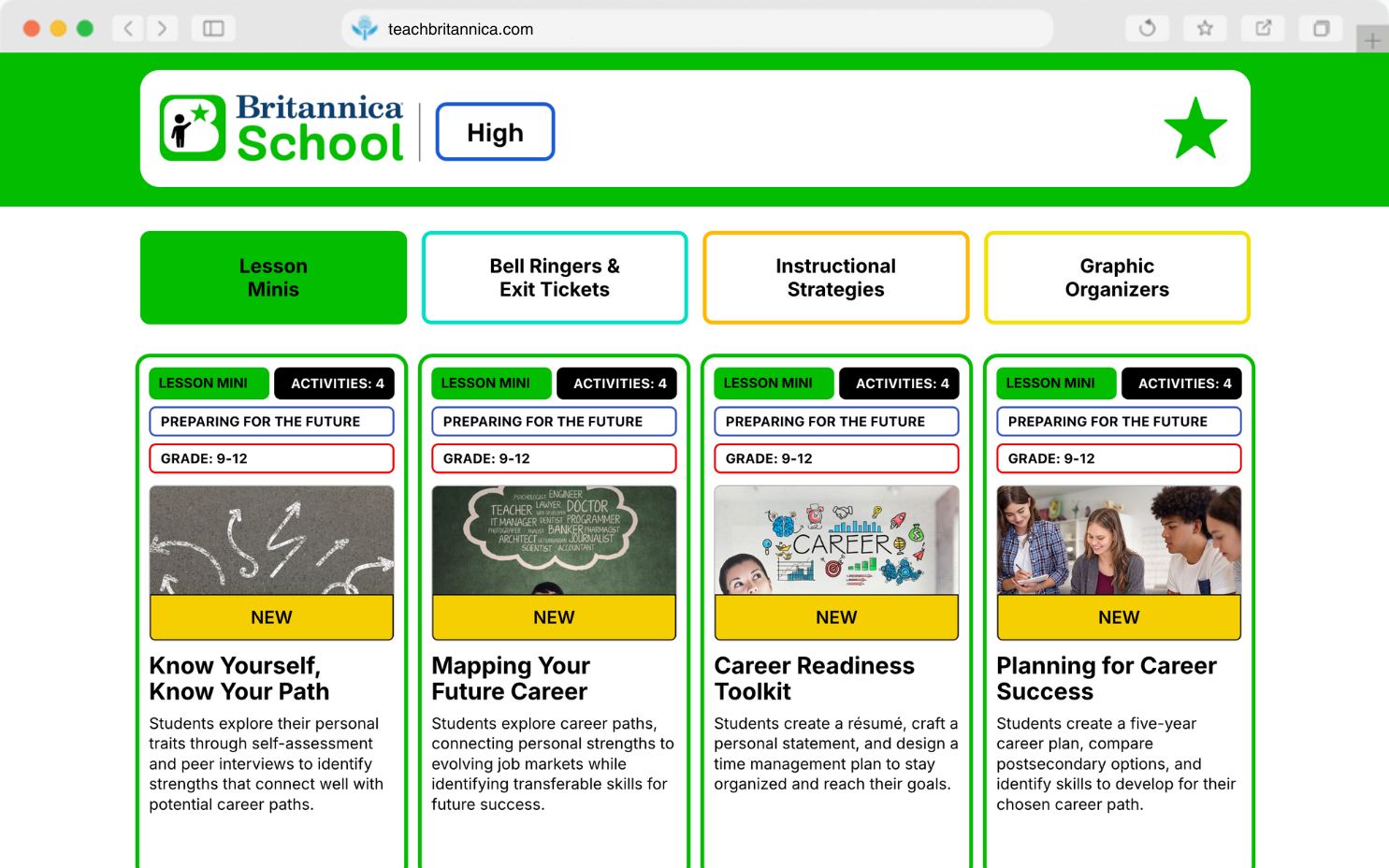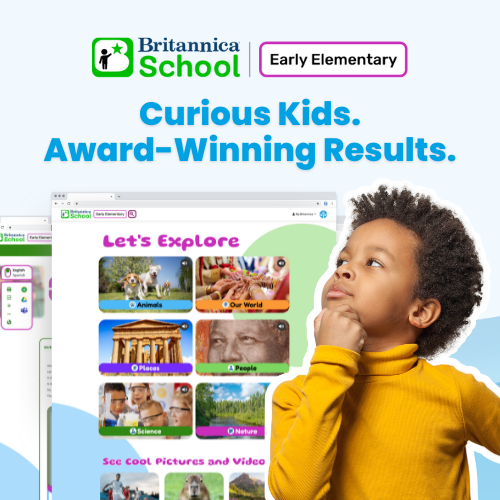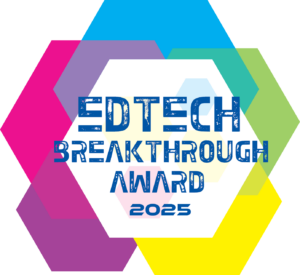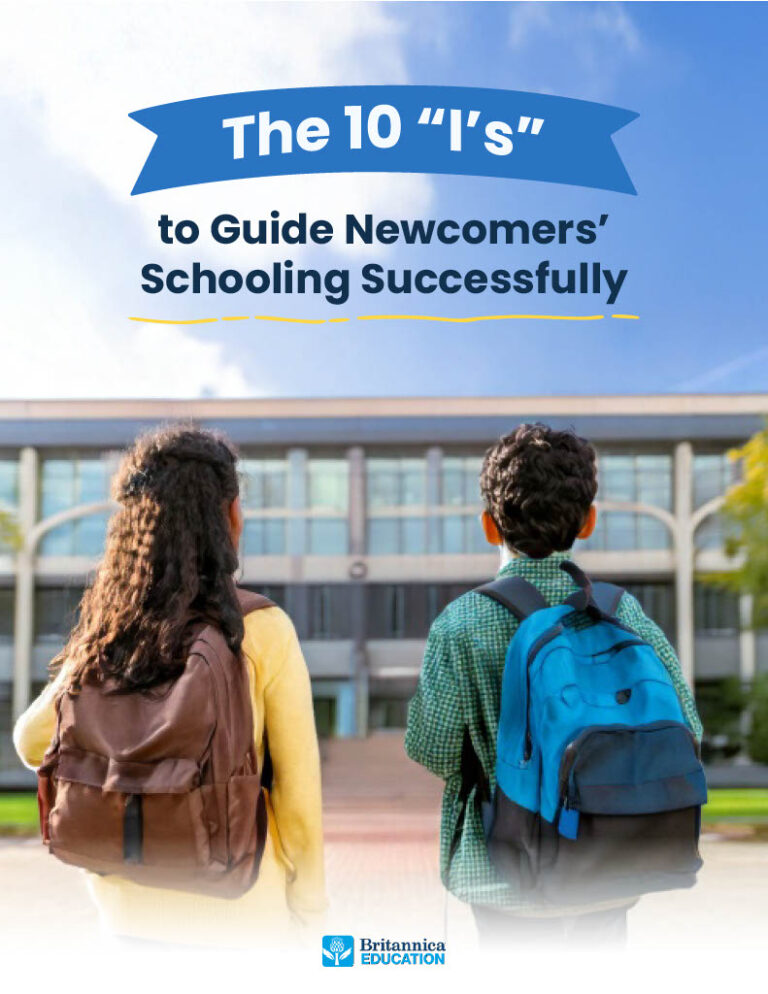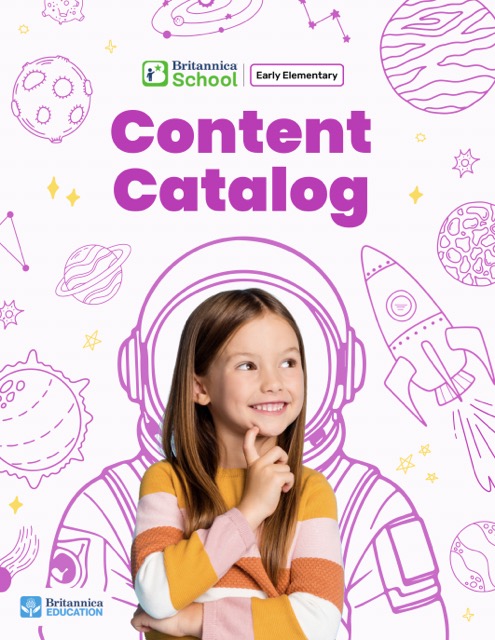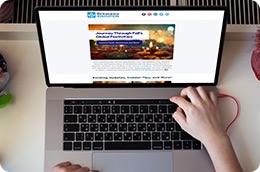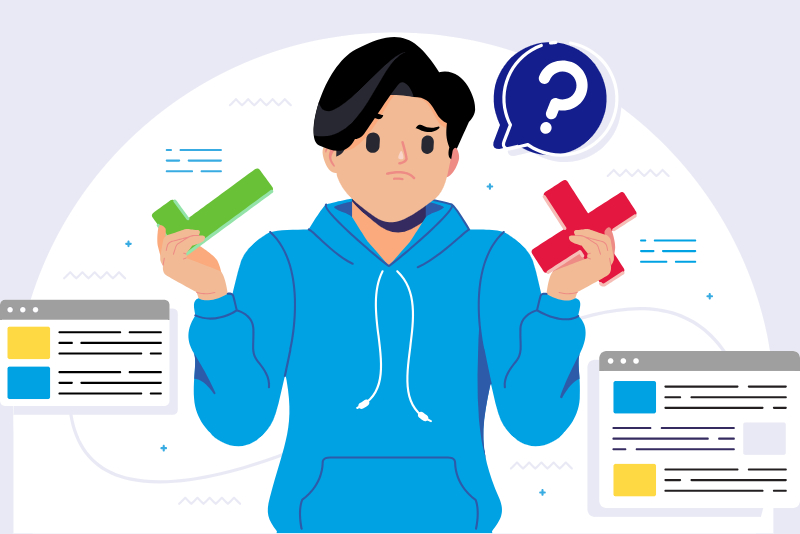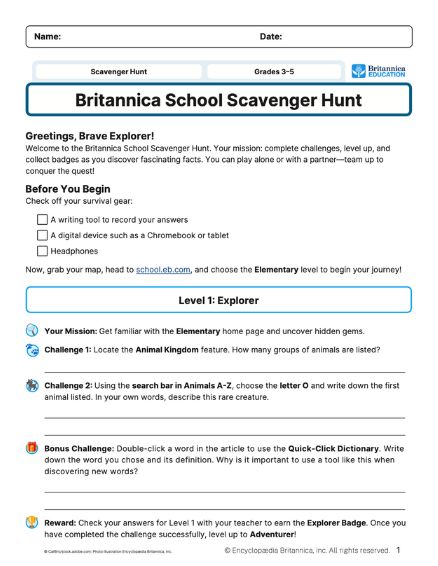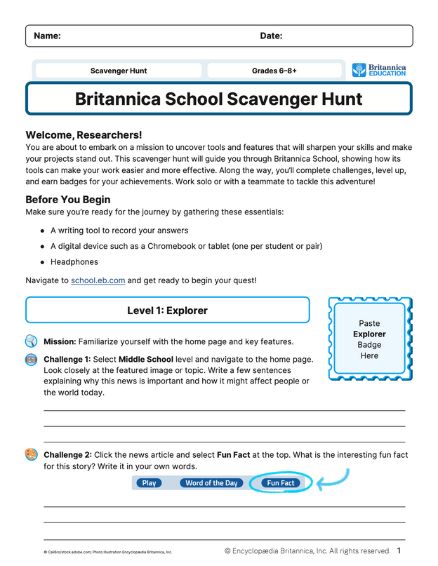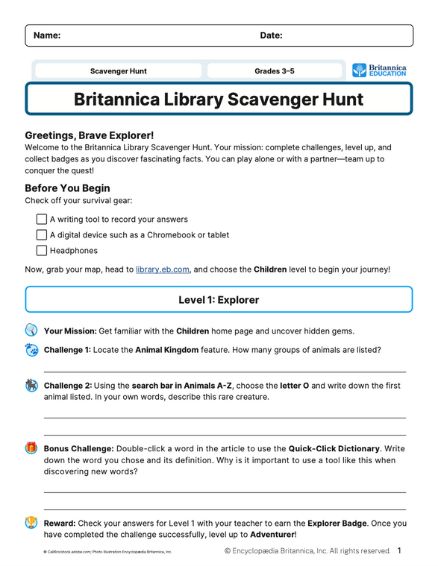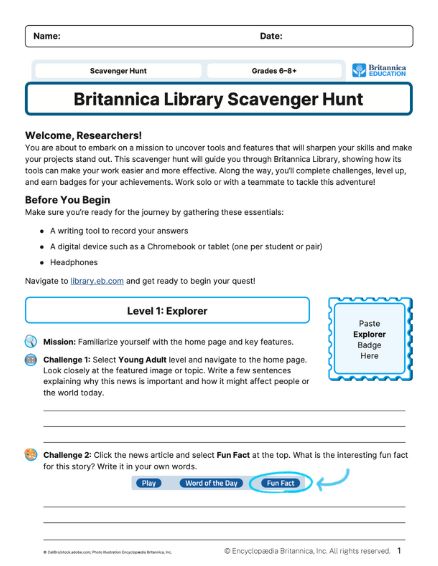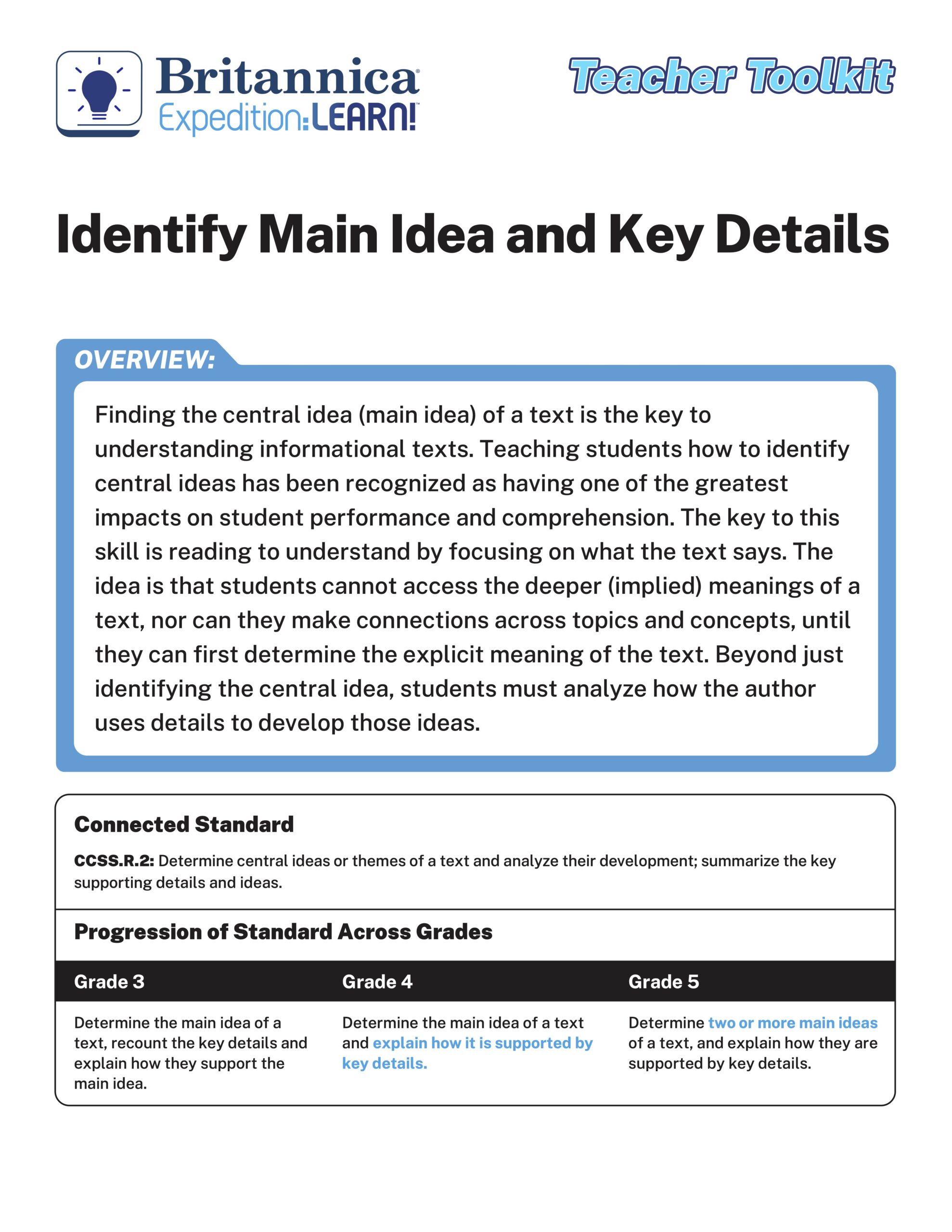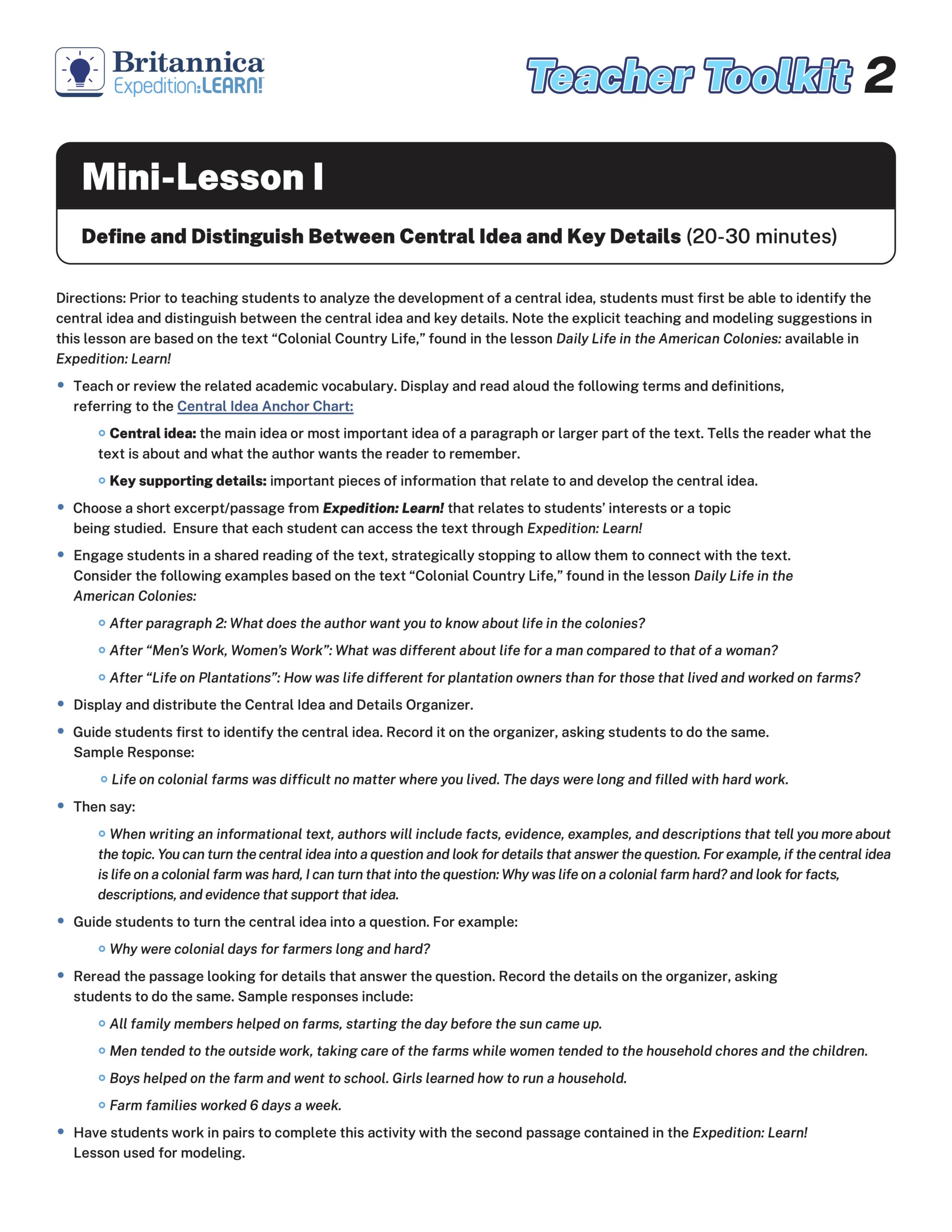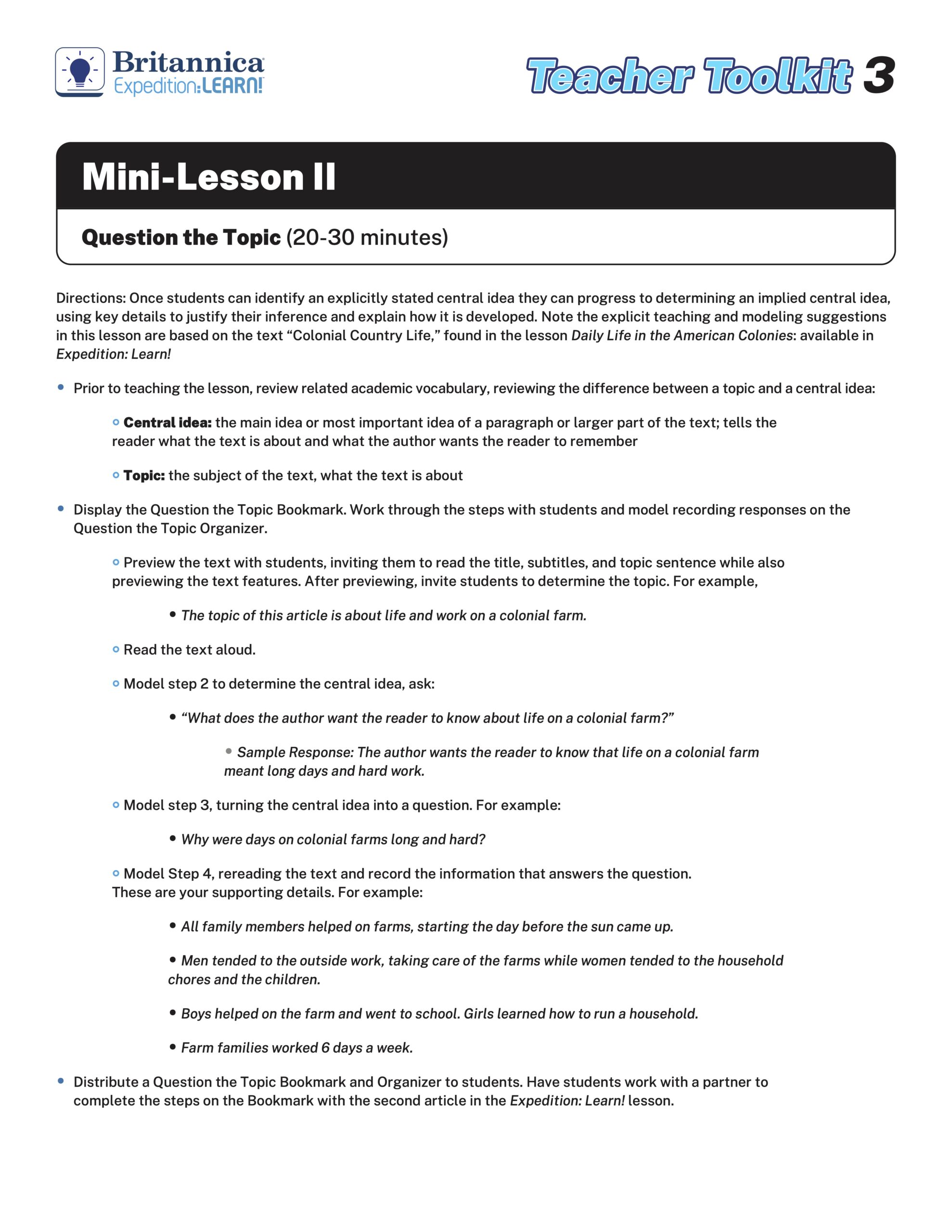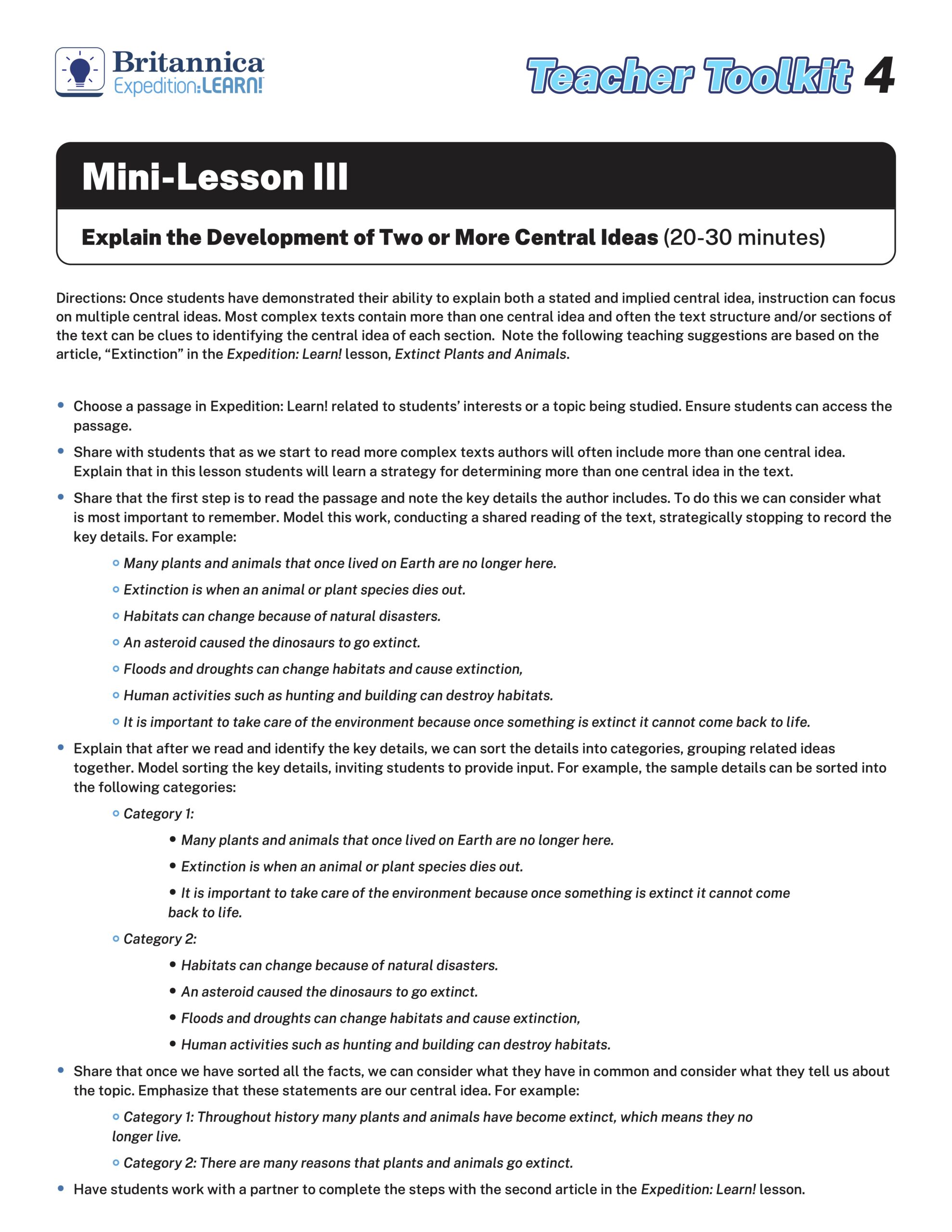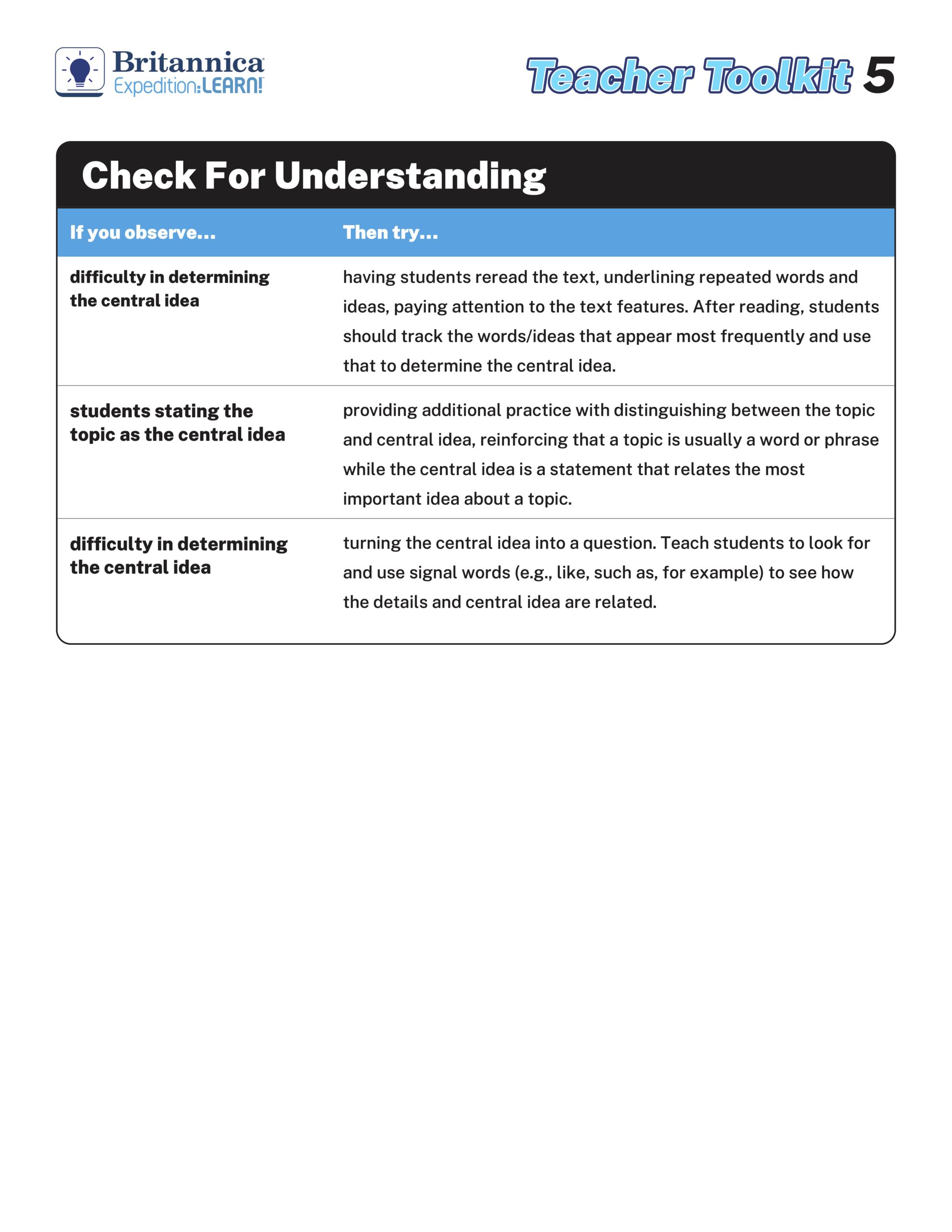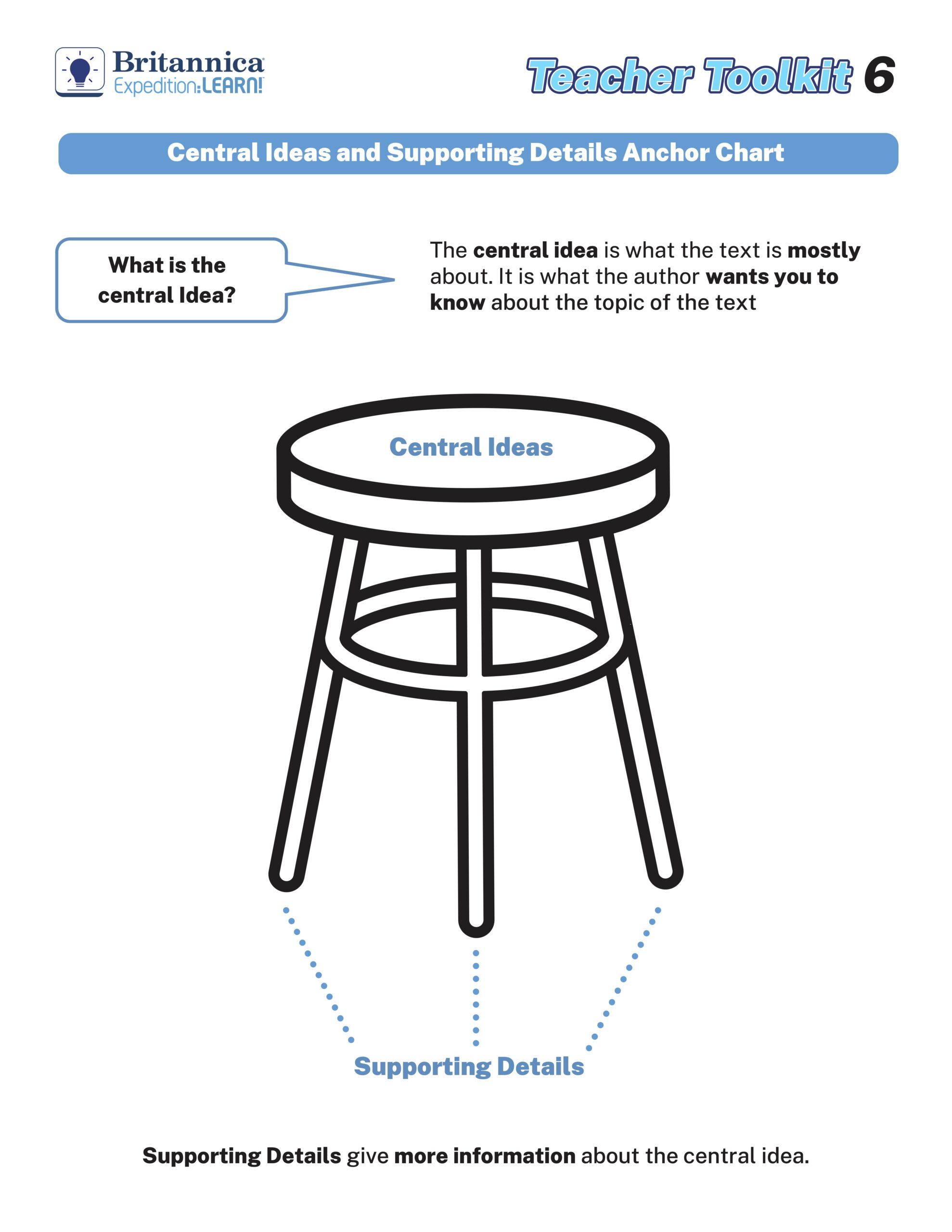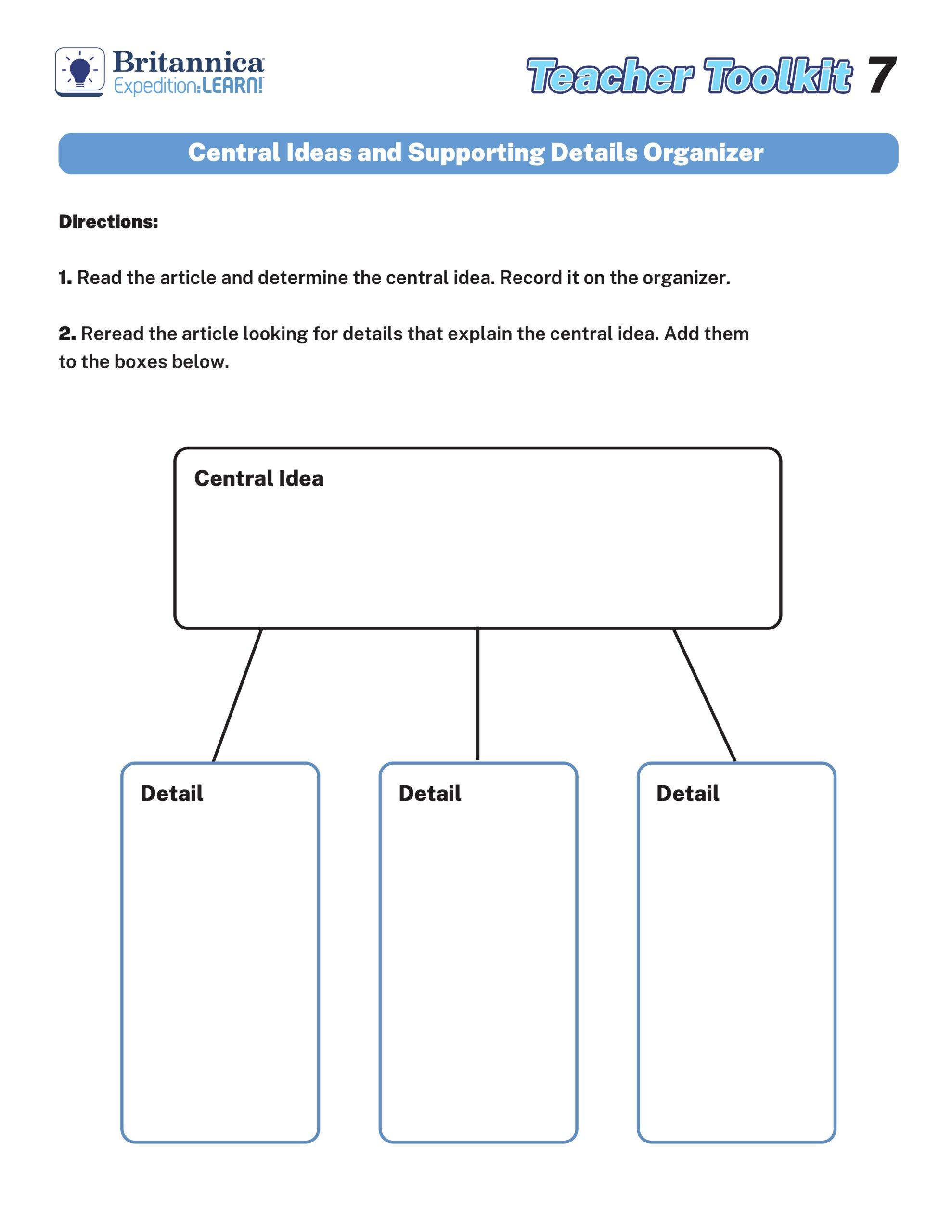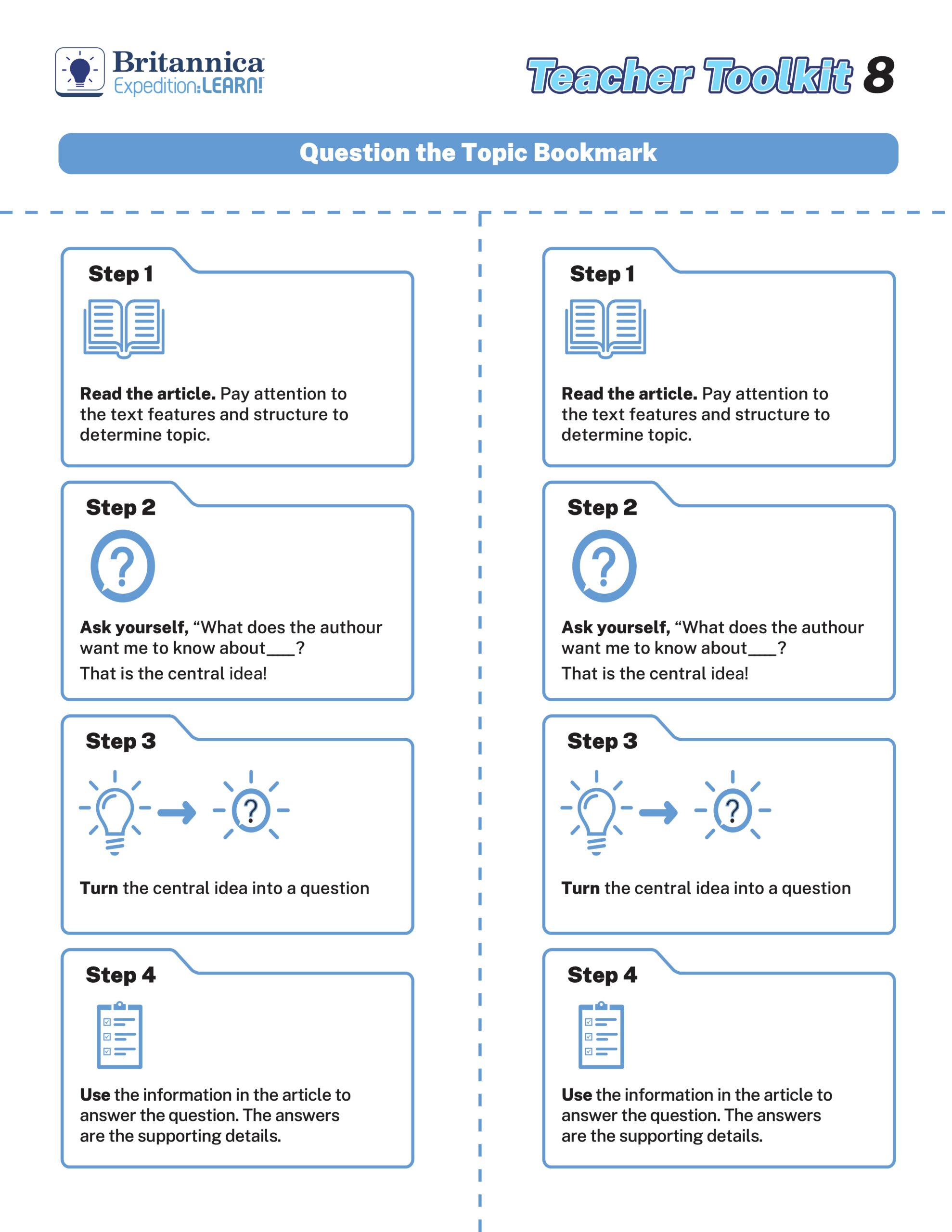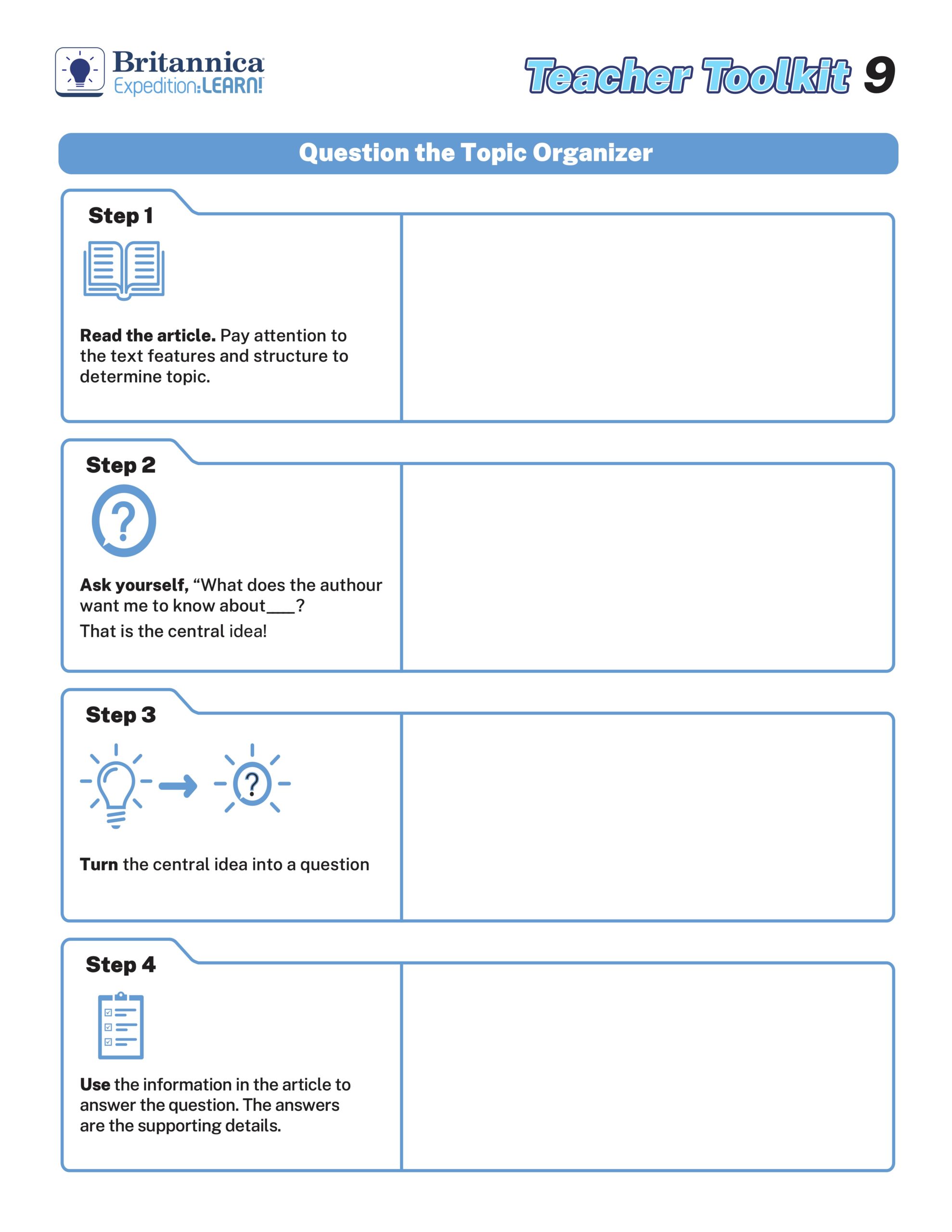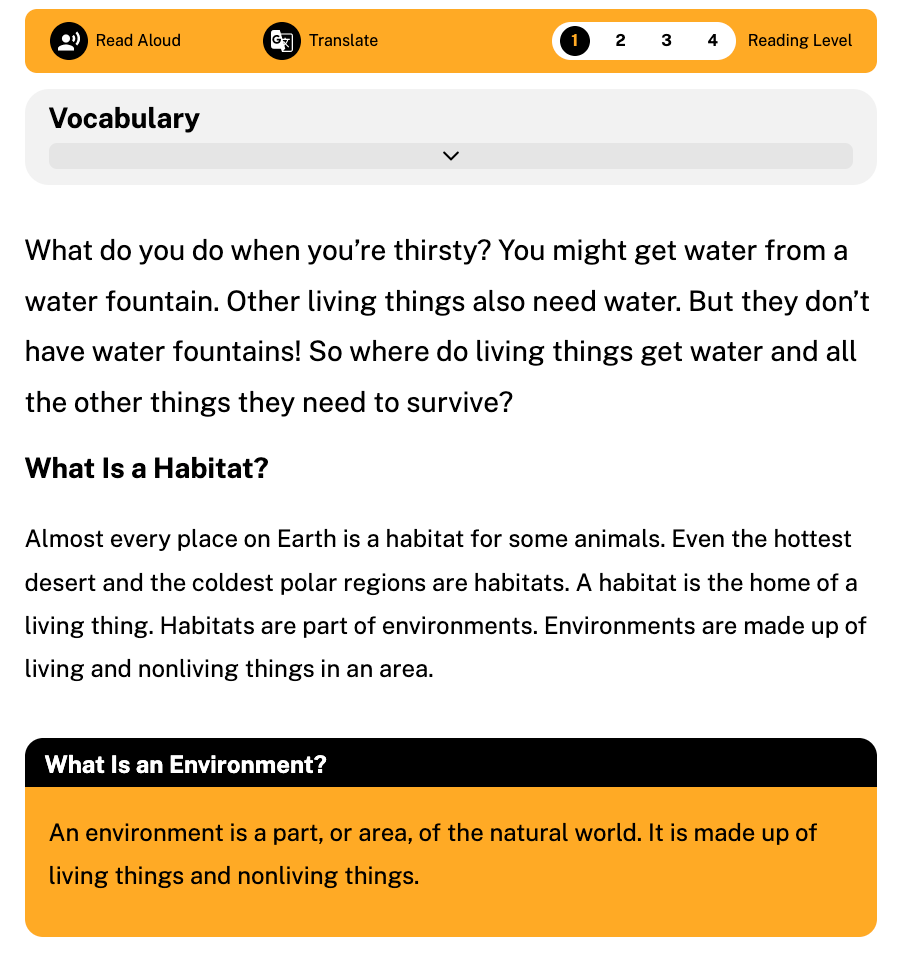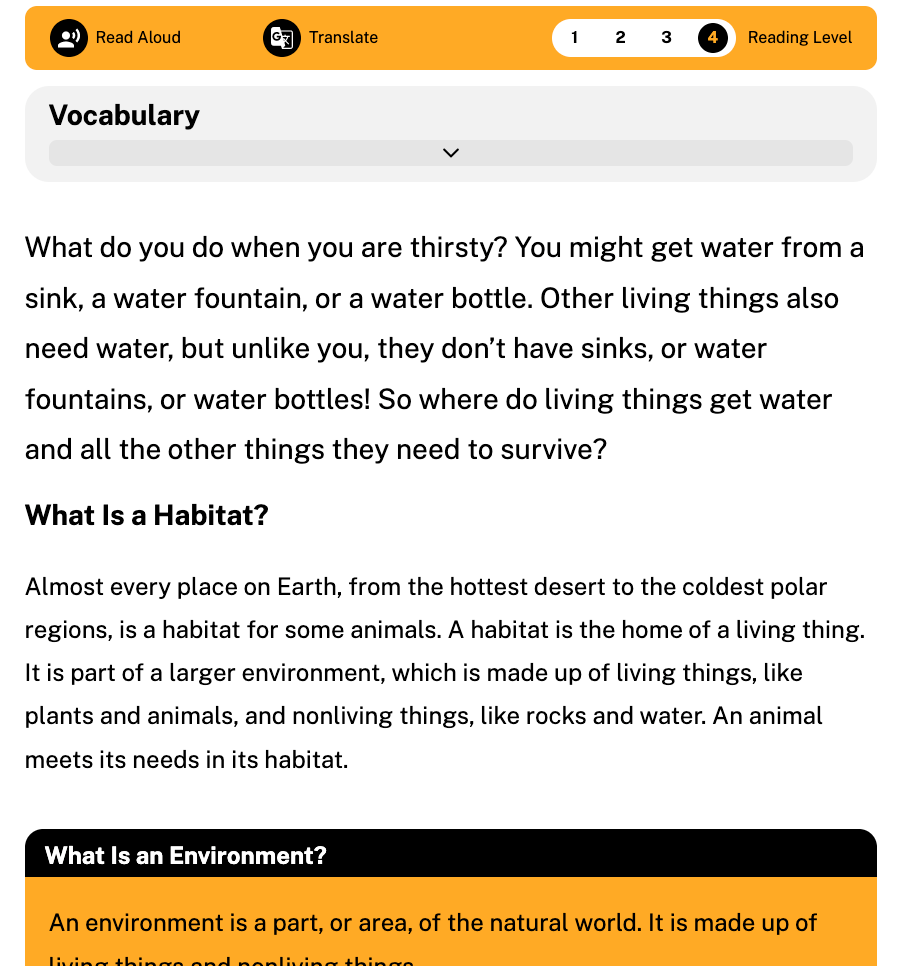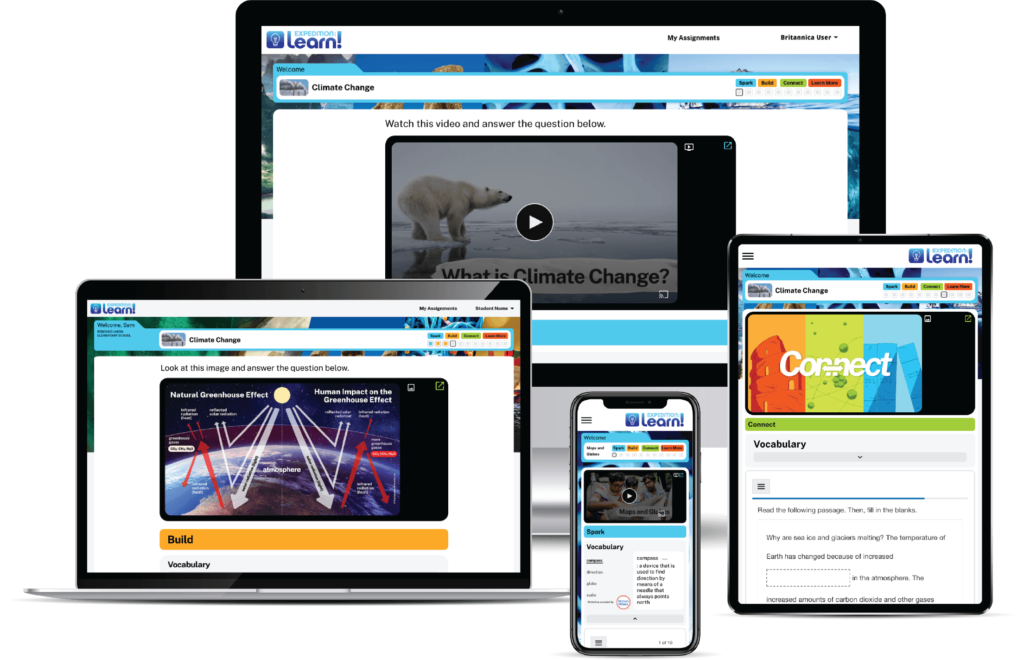“What do you want to do when you grow up?” It’s a huge question—and one that leaves many high school students feeling overwhelmed. In fact, a recent survey found that only 51% of students feel prepared for life after high school1. Whether they’re wondering what they’re good at, what they enjoy, or even what their parents expect, it can all feel like a lot to figure out.
That’s why the Teach Britannica team has developed a brand-new series of High School Career Exploration lesson minis. These bite-sized resources are designed to inspire students, build confidence, and help them take clear, actionable steps toward their future—all while making career exploration feel a little less daunting.
Teach Britannica is our open-access resource hub created by educators for educators. Its high-quality materials are designed to save you time, streamline lesson planning, and engage students, like those looking into career planning!
Helping Students Spark Career Interest
These Teach Britannica lessons align with the American School Counselor Association (ASCA) National Standards for Career Development, making it easy for school counselors to incorporate any or all of the lessons into their programs. These ASCA standards aim to equip students with the skills, knowledge, and mindset needed for a smooth transition from school to the workforce—and that’s exactly the kind of support Britannica Education strives to provide.
Here’s a snippet of what you’ll find over in Teach Britannica:
Lesson Mini 1
Know Yourself, Know Your Path
ASCA Standards Met:
- C:A1.3 Develop an awareness of personal abilities, skills, interests and motivations
- C:B1.2 Identify personal skills, interests and abilities and relate them to current career choice
- C:C1.3 Identify personal preferences and interests influencing career choice and success
Overview: In this lesson mini, students explore their strengths, skills, and interests through fun and interactive assessment tools. They will connect their personal traits to potential career paths and gain valuable insight into their strengths and areas for growth by interviewing their peers.
Activities:
- Skills & Strengths Self-Assessment – Take an engaging quiz or survey to discover personal skills, passions, and interests.
- Values Vision Board – Create a digital or physical vision board that represents core values, lifestyle goals, and dream careers, helping to visualize what success looks like.
- Peer Strengths Interview – Pair up with a classmate to interview each other about your skills and strengths. Find a fresh outlook on your abilities by sharing feedback and insights with others.
- Personal Growth Journal – Reflect on the discoveries made during the activities and write a journal entry connecting them to possible career paths or future goals.
Lesson Mini 2
Mapping Your Future Career
ASCA Standards Met:
- C:A1.1 Develop skills to locate, evaluate and interpret career information
- C:A1.2 Learn about the variety of traditional and nontraditional occupations
- C:B1.7 Describe traditional and nontraditional career choices and how they relate to career choice
- C:B1.8 Understand how changing economic and societal needs influence employment trends and future training
Overview: In this lesson mini, students will dive into researching different careers, exploring both traditional and emerging paths. They’ll investigate how today’s job market is changing and growing—and what that means for their future work. The lesson will also cover job market trends, salaries, and in-demand skills, key insights for finding success.
Activities:
- Researching Careers – Dive into researching different careers, exploring both traditional and new career paths. Look at how today’s job market is changing and what that means for future careers.
- Workplace Trends Exploration – Work in small groups to explore current workplace trends. Then, present your findings to the class about how these trends might affect jobs in the future.
- Career Path Interview – Interview someone working in a career that interests you. Learn what their job is really like, what skills they need, and how they got there.
- Future Jobs Project – In teams, research new and emerging careers. After, create a presentation on jobs that might exist 10 years from now and what they could look like.
Supercharge Career Strategy
Plus, you can find even more practical career prep lesson minis in Teach Britannica, such as:
- a career exploration toolkit with résumé and personal statement guidelines
- tips for writing a five-year plan
- options for mock interviews and testing project management skills
Notice the trend? These resources guide students through the career discovery process step by step—starting with self-exploration, moving into career research, and ending with practical skill development. This approach makes career planning feel manageable, actionable, and exciting!
And here’s the best part: “What do you want to be when you grow up?” doesn’t have to have a final answer! Career paths evolve, and Teach Britannica helps students develop the tools to navigate those changes with confidence.
1Walton Family Foundation-Gallup. Voices of Gen Z Study: Year 2 Annual Survey Report. 2024.


